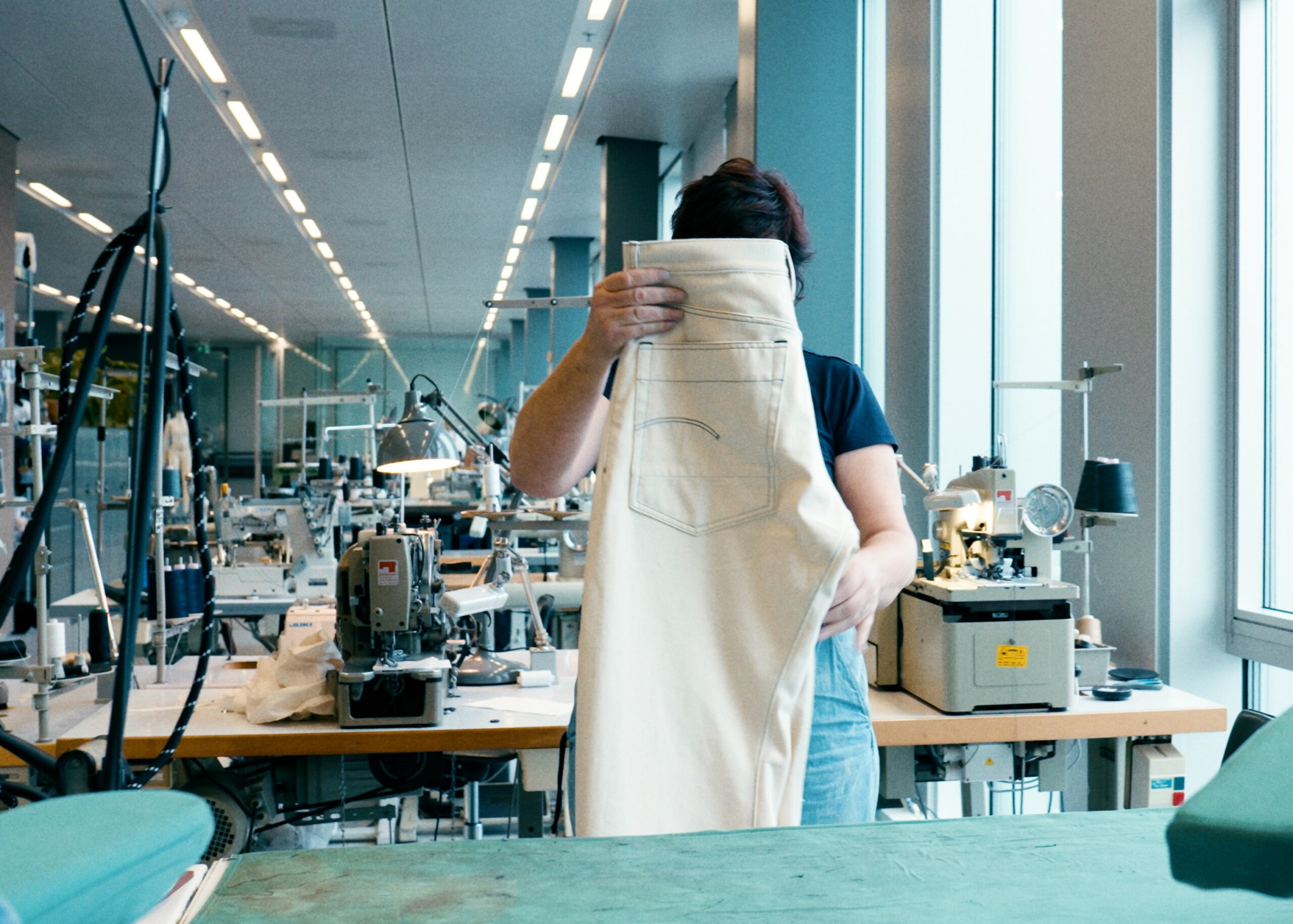Arts and Entertainment
New cotton tech could reinvent jeans
G-Star Raw, Wageningen University and Dutch Cotton have produced a greenhouse-grown cotton that could drastically reduce the impact of cotton growing worldwide.
G-Star Raw, in partnership with Wageningen University & Research (WUR) and Dutch Cotton, has produced a scientific innovation called Homegrown Denim, a greenhouse-grown cotton. They believe it will help drastically reduce the impact of cotton growing worldwide, and benefit of the whole industry.
Cotton is an easy crop to grow but requires a lot of agricultural space and can take up to 10,000 liters of water to produce 1 kilo of cotton. Cotton growing also relies on a very specific warm climate, making cotton fields the starting point of a long and complex supply chain. To add to these challenges, the global demand for responsible cotton is growing rapidly, but there is a huge shortfall.
“G-Star’s curiosity and drive for innovation led us to our partnership with WUR to study the feasibility of growing cotton in a greenhouse,” says Rebecka Sancho, head of sustainability at G-Star. “This groundbreaking experiment could severely decrease water consumption and land use, eliminating the use of chemical pesticides, improving the quality of cotton, and drastically shortening the supply chain.”
For six months, a crop of greenhouse-grown cotton was studied at a research facility in Bleiswijk, the Netherlands. The research examined quality, yield, and fiber properties, comparing its environmental footprint to traditional methods. Strategies like precision irrigation and renewable energy were explored for reducing impact, with economic viability and market potential also analysed.

The result: the first Dutch greenhouse-grown cotton.
Overall, it was discovered that growing cotton in a greenhouse provides a controlled and protected environment that boosts crop productivity, quality and sustainability, and lowers the risks that come with outdoor growing.
“The biggest surprise for me in this research was how much cotton you can grow with how little water,” said Filip van Noort, WUR crop specialist. “We were able to harvest 5 – 23 times as much cotton with up to 95% less water.”
The research identified these top 8 benefits:
- Increased Yields: Greenhouses boost cotton yield potential, with plants growing up to 4 meters tall and producing 5 to 23 times more cotton.
- Extended Growing Season: Controlled environments in greenhouses enable cotton harvesting until for longer than usual.
- Weather Protection: Greenhouse-grown cotton is cleaner and whiter, with minimal contamination, and is shielded from weather damage.
- Pest and Disease Management: Enclosed environments naturally deter pests and diseases, eliminating the need for synthetic pesticides.
- Water Efficiency: Greenhouse systems can save up to approximately 95% of water per kilo of cotton by using recycled rainwater for irrigation.
- Soil Conservation: Potted cultivation minimizes soil erosion, preserving fertility and health without compromising quality.
- Localised Production: Greenhouses support local economies and sustainability by minimising transportation needs and enhancing community resilience.
- Prolonged Plant Lifespan: Greenhouse environments enable multi-seasonal plant cultivation, improving sustainability and productivity.
The Supply Chain
With greenhouse-grown cotton in place, G-Star joined forces with local suppliers (listed below in credits) to create the first ever fully locally sourced and manufactured jean. Every aspect of cotton processing and production of the garment was completed within the country, from ginning (separating cotton from its seeds) to spinning, weaving, sewing, dyeing and finishing. In addition,
G-Star used electric vehicles between suppliers, creating the shortest possible supply chain with the least impact.
Willeke Hendriks, G-Star chief product officer, said: “This research allows us to rethink the way the entire industry is set up. And that is exactly what we need to do to find new and effective ways to improve our impact together. Therefore, getting involved in this project was an absolute must for G-Star, to support solutions for the future of denim.”
The Jeans
G-Star jeans prototypes were created from the first greenhouse-grown cotton harvest. The jeans were garment dyed and finished with G-Star trims. The limited pieces are not for sale.
The Future
This research and collaboration could be the first step in a promising journey towards more sustainable cotton growing. G-Star has committed to support the next phase for which new cotton is currently being cultivated in the greenhouse facility in collaboration with WUR.
G-Star and WUR have also invited two new partners, Inno Growers and substrate company Grodan, to transition the research efforts into practical cultivation and scale up production. In addition to optimising growing methods, the primary goal this year is to enhance cotton yield per square meter, aiming to increase it from 1,2kg to 2,2-2,5 kg. The next phase involves inviting other industry stakeholders to join forces, co-invest, and amplify efforts – generating substantial impact and reshaping the fashion supply chain for the collective good.
To promote the greenhouse-grown cotton project to a broader audience G-Star worked with award-winning illustrator and artist Christian Borstlap who also collaborated on the Raw for the Oceans campaign in 2014, and creative director, Joris Kuijpers. The Homegrown Denim animation uses visual poetry and animation to share the findings in an artistic way.
* The full report can be downloaded at www.G-Star.com/homegrown-denim.











